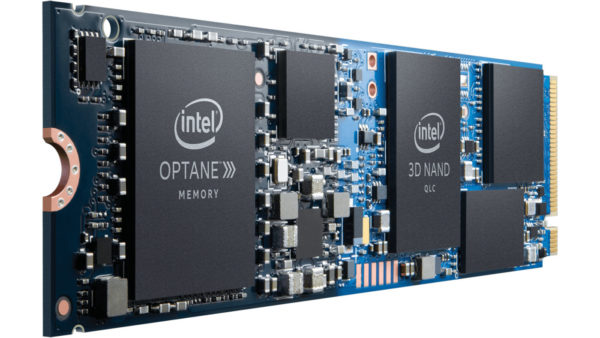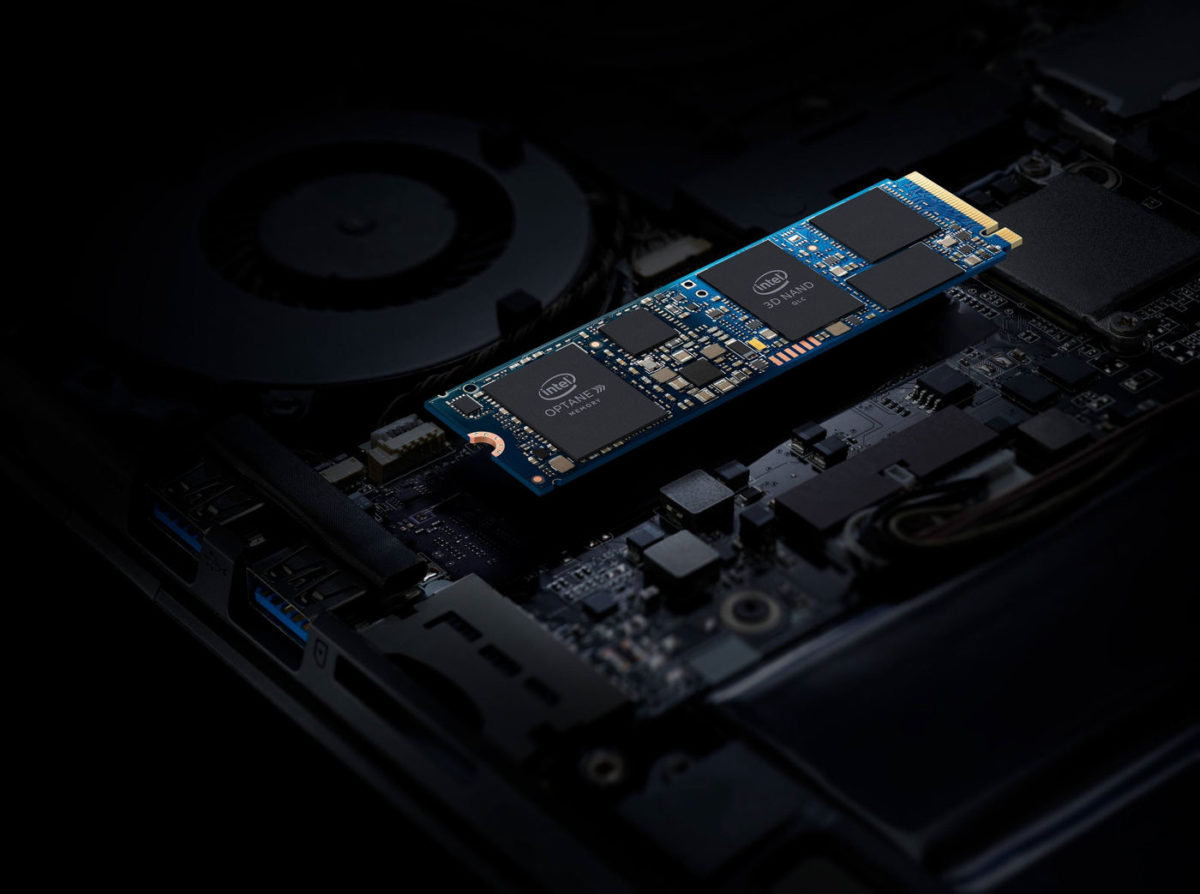
Intel Optane represents one of the greatest advances that have occurred in recent years in the world of computing. We explain the characteristics of this revolutionary memory, and what advantages its use offers in users’ computers.
What is Intel Optane and how does it work?
Before getting into the subject, we must understand how the memory subsystem of a computer equipment works. In a very simple way, we can divide the storage into RAM and hard drive. RAM memory has a very high speed and a very low latency, but it has the disadvantage that its price per GB is very high , in addition to the fact that it takes up a lot of space. For this reason, RAM memory modules have a very limited capacity, generally in a PC there is between 4 GB and 16 GB of RAM memory. Another disadvantage of RAM is that it is volatile, the saved data is lost when the PC is turned off.

On the other hand, we have the hard drive, a storage medium that offers a very low price per GB together with a high density. This means that we can have units of up to 14 TB with a fairly small size. The drawbacks of hard drives are a very low data transfer speed and a very high latency. SSDs greatly reduce both of these problems, but are still far behind RAM.
Intel Optane is a new technology that is based on 3D XPoint memory. This memory has the objective of uniting the advantages of RAM and hard drives, while reducing the disadvantages of these . With Intel Optane, you can create high-capacity, high-speed, low-latency storage media. Also, 3D XPoint is a non-volatile memory, the data is not lost when you turn off the PC.
Intel Optane also has a drawback, its manufacturing price is very high, which means that for now there are no large capacity units for the domestic sector. However, this technology is maturing little by little, and the manufacturing price is getting lower and lower . Intel has already said that Optane has the potential to be cheaper memory to manufacture than the NAND in current SSDs.
Advantages of Intel Optane
The long-term goal of Intel Optane is to unify the two types of storage into one , that is, in a PC there is no separate RAM and hard drive, but everything is a single memory. This has not yet been possible, but Intel is still working on it. The advantages of this would be enormous, since we would not have the limitation that we currently have in the size of RAM, we could have a PC with several TB of memory that acts as RAM. This would make the programs always loaded in memory to work much faster, we would say goodbye to loading times .


Although the latter has not yet been achieved, Optane already offers many advantages today. This memory acts as an intermediary between the hard drive and RAM. Optane stores the most used data that does not fit in RAM, so when the processor needs to access it, it can do so up to 90% faster .
Intel Optane allows you to accelerate the loading speed of video games by up to 4.7 times compared to a hard drive . Thanks to this we can install all the games on a mechanical hard drive and load them as fast as if they were on an SSD. The advantage of this is that we can have a computer with a large storage capacity and at the same time very fast in its operation.
The latest Intel Optane drives for the home market combine the use of 3D XPoint memory alongside QLC NAND. This will allow offers drives with a capacity of up to 1 TB at a reasonable price . They haven’t gone on sale yet, but are expected to do so soon. The following table summarizes its characteristics.
| Model | Intel Optane H10 with Solid State Storage |
| capabilities | 16GB Intel Optane + 256GB Intel QLC 3D NAND 32GB Intel Optane + 512GB Intel QLC 3D NAND 32GB Intel Optane + 1TB Intel QLC 3D NAND |
| form factor | M.2 2280-S3-M |
| Length | Less than 10 grams |
| Interface | PCIe 3.0×4 with NVMe |
